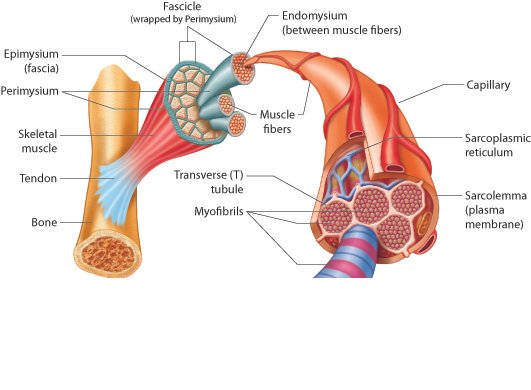A Comprehensive Exploration of Sugar and the Muscle, as Well as Their Interplay in Human Metabolism
Undoubtedly, engaging in regular exercise brings about notable changes in the human body. If you're skeptical, just observe a friend who has recently taken up a gym routine. While it's clear that the body undergoes transformations through exercise, a lingering question arises what role does sugar play in this process? The sugar debate is rife with conflicting opinions, some asserting its harm and others advocating its benefits. In this post, we aim to shed light on the positive aspects of sugar consumption in relation to exercise.
When we consume sugar, they can find their ways to the muscle which is important for exercise but let me quickly correct something. When we mention sugar outside, people immediately look at granulated sugar, but that isn't all. Biology recognizes sugar as simple carbohydrate which includes monosaccharide, and disaccharide with monosacharide having one sugar and from your elementary school, you remember saying that glucose is a monoccharide, as well as fructose. If you learnt that, then good for you because you were thought well.
If you think table sugar is a monosaccharide, then you are wrong because table sugar is a dissacharide known as Sucrose and even when we eat a large amount of this, it doesn't mean it is good for us completely as the body cannot digest sucrose by itself without the help of the digestive tract. After swallowing sucrose and it gets to the stomach, sucrose is digested in the duodenum where sucrase breaks down sucrose into glucose and fructose which are monosacharrides that can be digested.
The sugar then move through the intestinal wall to the messentary blood vessel which then goes to the hepatic portal vein. The hepatic portal vein goes directly to the liver which means that the glucose and fructose from the sucrose sugar goes to the liver. The sugar is efficient at capturing fructose and galactose and convert them to glucose. So no matter the carbohydrate source ingested into the body, its final stop is glucose as the body only uses glucose.
The glucose in the body goes to every part of the body and in the blood stream, and as it gets in there, blood glucose starts to rise and how fast it rises depends on the glycemic index which is a measument used for carbohydrate embeded foods and beverages where substances with high glycemic index will be broken down easily to the bloodstreem compared to food with lower glycemic index.
As blood glucose starts to rise, the pancreas releases insulin which helps glucose in the bloodstream to get to other parts of the body. So people who produce low or no insulin will have high blood glucose which is common with type 1 diabetes. When glucose gets into the cell, and the cell quickly utilizes he energy, the energy level is quickly depleted but when the cell doesn't utilize much energy, the glucose would be stored as glycogen for later use and this is usually stored in the liver and skeletal muscles. The liver can store about 90g to 100g while the skeletal muscles can store about 400g.
When it comes to the muscles, with regular exercise the glycogen storage capacity increases and can increase up to 30% helping to perform longer than people who do not perform exercise. Exercise have a strong insulin-like effect on the skeletal muscle fibers as it does not require insulin to utilize the glucose, in a process known as insulin-independent glucose uptake but a resting muscle which isn't contracting wold require insulin to get glucose into its cells.
While we see sugar as being bad, understanding the intricate relationship between sugar, exercise, and the body's metabolic processes provides valuable insights into the dynamics of nutrition and physical activity. By appreciating the nuances of sugar metabolism, individuals can make informed choices to optimize their health and fitness endeavors.
Reference
https://www.ncbi.nlm.nih.gov/books/NBK459366/
https://www.kenhub.com/en/library/anatomy/hepatic-portal-vein
https://www.jstor.org/stable/45199179
https://www.hsph.harvard.edu/nutritionsource/carbohydrates/carbohydrates-and-blood-sugar/
https://www.ncbi.nlm.nih.gov/books/NBK560599/
https://www.ncbi.nlm.nih.gov/pmc/articles/PMC4892884/
https://www.bouldermedicalcenter.com/basic-understanding-of-carbohydrates/
https://www.ncbi.nlm.nih.gov/books/NBK544346/
https://pubmed.ncbi.nlm.nih.gov/9801136/
https://febs.onlinelibrary.wiley.com/doi/pdf/10.1016/S0014-5793%2898%2901149-1


Sugar is very important for energy production but you see, when we mention sugar, a lot of people would refer to the granulated sugar they buy at the Market. A woman was telling me that she does not consume sugar, yet she was asked to stop consuming too much sugar at the hospital, and I remembered that my response to her was to look beyond granulated sugar to other monosaccharide sugar she consumes.